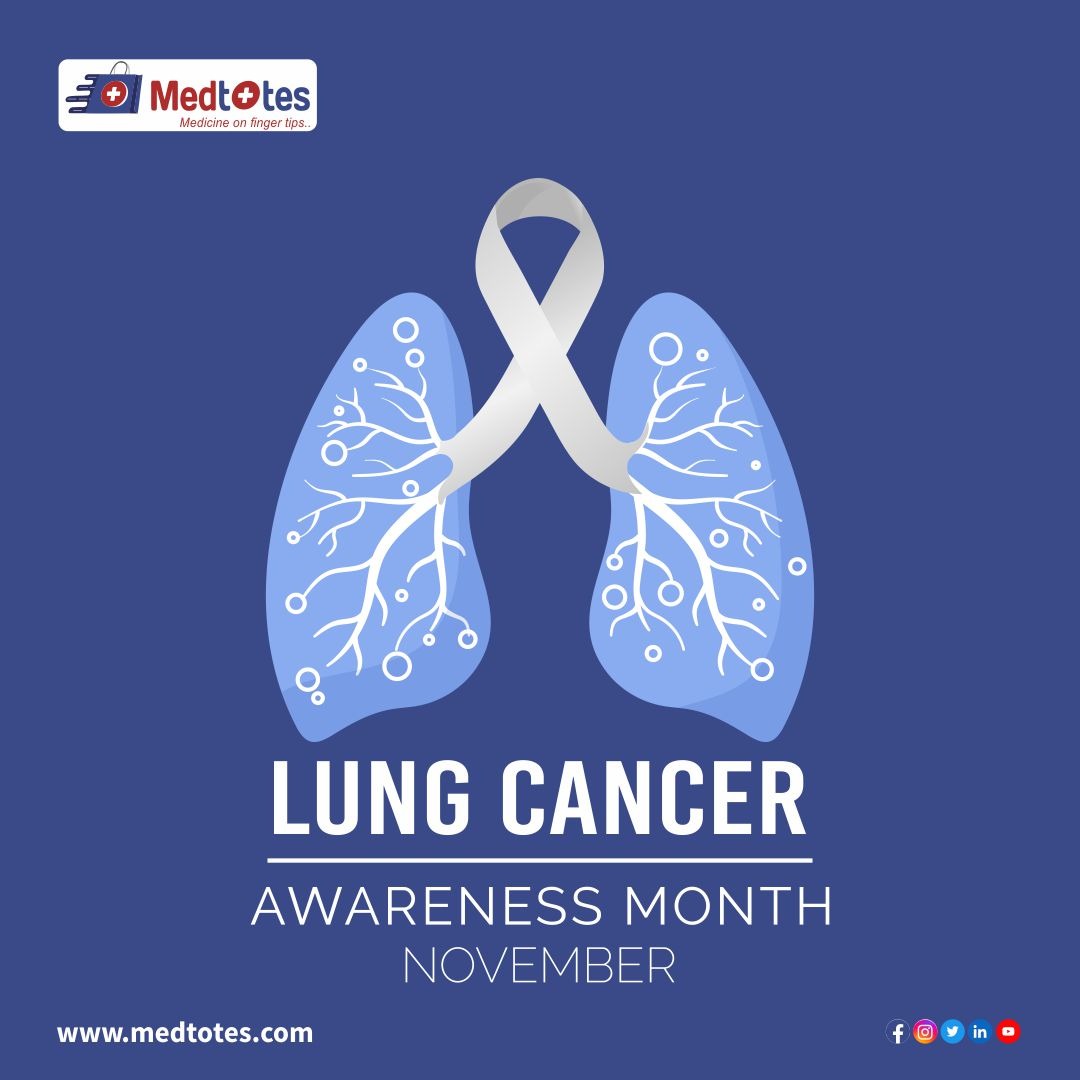I. INTRODUCTION
Lung cancer is a type of cancer that begins in the lungs and has the potential to spread to other parts of the body if not diagnosed and treated early. It is one of the most frequent types of cancer, affecting both men and women around the world. As lung cancer remains a serious global health issue, it is crucial to shed light on its causes, risk factors, and prevention approaches.
II. CAUSES AND RISK FACTORS
- The major cause of lung cancer is smoking, with approximately 85% of cases attributed to tobacco use.
- Secondhand smoke exposure is also a significant risk factor for developing lung cancer.
- Other factors include asbestos exposure, radon gas exposure, and exposure to certain air pollutants.
- A family history of lung cancer, as well as genetic factors, can raise the risk.
III. SYMPTOMS
- Persistent cough
- Shortness of breath, chest pain
- Unexplained weight loss
- Fatigue
- Hoarseness
- Wheezing
- Recurrent respiratory infections
The symptoms may vary and indicate other respiratory conditions. Consult a healthcare professional if it persists or worsens; early detection and prompt treatment improve the chances of successful outcomes.
IV. EARLY DETECTION
- Regular medical check-ups
- Screening tests
- Self-awareness and monitoring
- Knowing personal risk factors
Early detection of respiratory conditions is crucial, and regular medical check-ups, screening tests, self-awareness, and personal risk factors can help. Prompt reporting increases the chances of successful intervention and successful outcomes.
IV. CONCLUSION
In conclusion, early detection and prompt treatment of respiratory conditions are crucial, aided by regular check-ups, screening tests, self-awareness, and monitoring. Proactive measures improve the quality of life and overall well-being.

